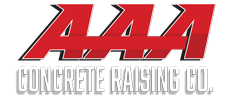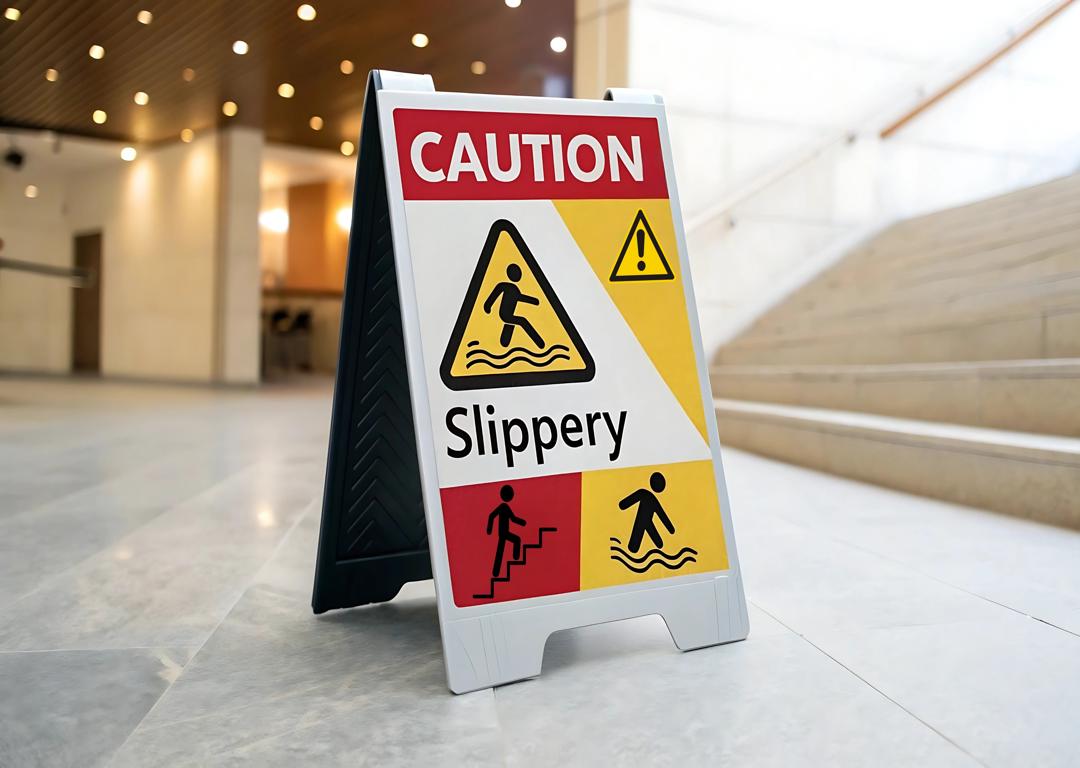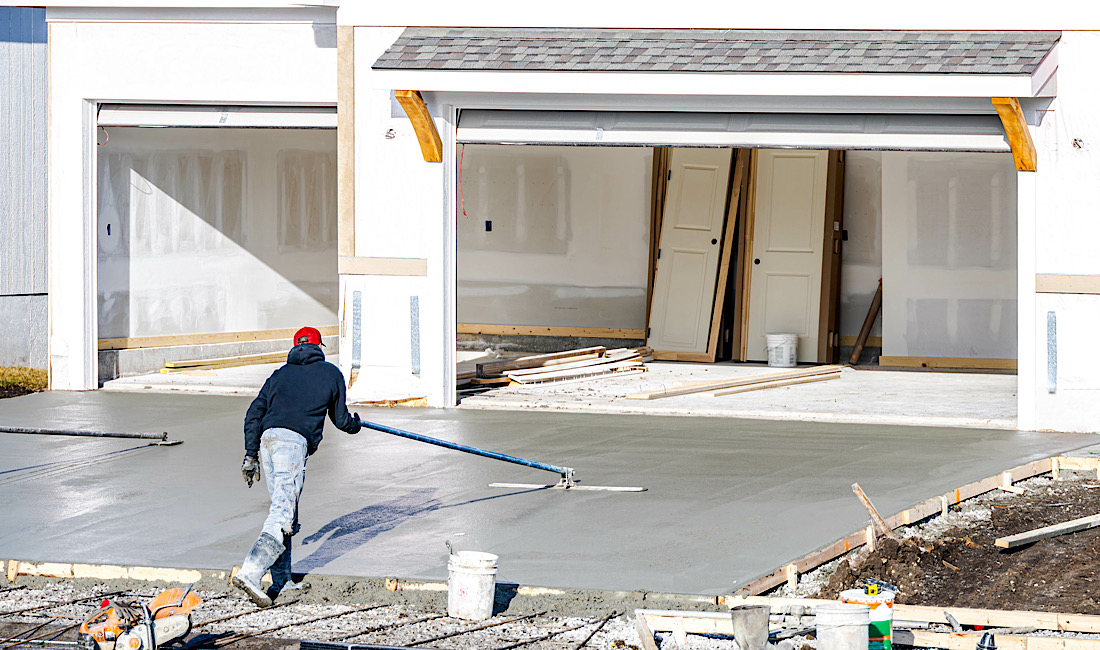When concrete slabs begin to crack or sink, it’s important to get them repaired as soon as possible. But how should you go about it? In some instances, foundation repair is an appropriate course of action. In others, mudjacking will do the trick. Here’s how you can determine which repair option is best for your particular situation.
Why Foundations Fail
Traditionally, houses were built over a basement or crawlspace. But as concrete became a primary building material, slabs became a more common choice for foundations. These days, sheets of wet concrete are poured at grade, and this serves as the level for a home’s flooring.
Unfortunately, soil does not always remain firm, unlike sand, gravel, rock and ash, which all offer much greater stability. Often, soil can have empty spaces within it, which can get worse as water collects and evaporates from beneath a home. As the years go by, these empty spaces allow the soil base to compact and shift.
Whatever the cause, as soil shifts, it can cause concrete to settle and sag, resulting in cracks, sunken areas and structural issues that can seriously compromise the stability of a home.
Repair Options
A foundation is an essential component of a structure. Therefore, when concrete foundations start to fail, it’s very important to address the issue right away. Cracked, uneven or sagging concrete will almost always lead to other problems (including very expensive structural damage) that can easily be avoided by maintaining a level foundation.
When it comes to repairing damaged foundations, you have a couple of options: mudjacking and more comprehensive foundation repair. While both are commonly employed, each method is used for different types of repairs and will only work with specific sets of problems. To better understand this, it helps to know what goes into each method.
Foundation Repair
 Foundation repair involves the use of driven or helical piles to restore structures to a level position. Whereas mudjacking utilizes a simple solution to elevate smaller slabs, foundation repair adds piles or piers beneath a foundation. This method effectively lifts sinking foundations and helps permanently sustain a structure.
Foundation repair involves the use of driven or helical piles to restore structures to a level position. Whereas mudjacking utilizes a simple solution to elevate smaller slabs, foundation repair adds piles or piers beneath a foundation. This method effectively lifts sinking foundations and helps permanently sustain a structure.
Mudjacking
Mudjacking is a much simpler way to rejuvenate a sinking or cracked concrete slab. After drilling a small hole into the foundation, the contractor pumps a wet slurry filler below the concrete surface to fill up any gaps. This elevates the concrete until it sits flush with the ground-level surface.
The process is efficient, quick and cost-effective. It also offers lots of other advantages that make it a popular option for homeowners who want to repair damaged foundations without having to pay for a needlessly complex and comprehensive foundation repair job. The whole task can be completed without disturbing a household, property or surrounding neighbors. Mudjacking is also eco-friendly since the slurry filler is made of some type of natural material, such as sand, clay and cement.
Which Is Right for You?
As with just about any home improvement project, when it comes to restoring a failed foundation, cost is typically a prime consideration. There are a variety of factors to account for when determining concrete foundation repair costs, including the degree of damage, the size of the impacted area and the quality of materials used.
Another critical factor is the method used to lift and level the concrete slab. Comprehensive foundation repair with piles and piers can be very expensive. Likewise, polyester foam jacking is more expensive than mudjacking and not always necessary. On the other hand, mudjacking is a very effective and economical option in many circumstances.
To better determine if this option is best for your particular issue, it’s best to get an evaluation from a reputable mudjacking contractor. Typically, mudjacking is only appropriate for otherwise healthy concrete slabs that are structurally intact despite being cracked or uneven.
For more than 20 years, AAA Concrete Raising has served homeowners in and around the Denver metro area. Our innovative equipment eliminates the need for noisy, large, awkward machinery, ensuring a speedy, efficient job that will never disrupt the neighborhood. AAA brings the materials and the expertise to fill and support the voids beneath concrete slabs, avoiding the need for other costly measures and ensuring a safe, functional concrete surface.





